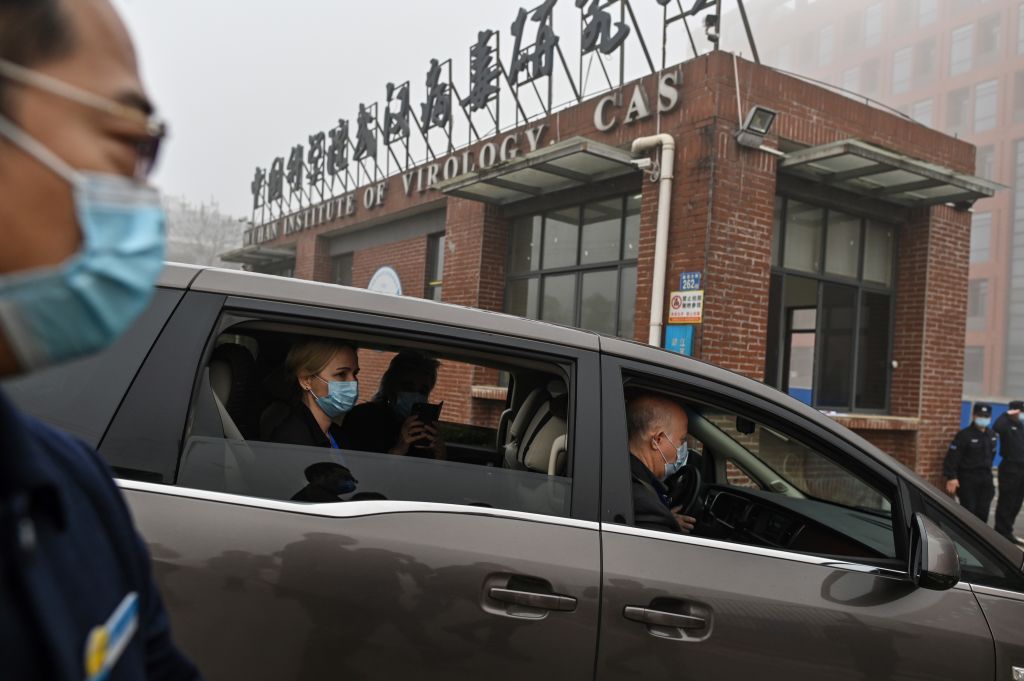ADF STAFF
The World Health Organization’s COVID-19 investigators continue to follow clues about the global pandemic from site to site around Wuhan, China.
The team of 10 experts visited the Hubei Provincial Center for Disease Control at the end of January and the Wuhan Institute of Virology in early February.
Among other things, the virology institute researches the coronaviruses carried by bats — one suspected source of the COVID-19 outbreak. The genetic makeup of the virus is nearly identical to a virus found in horseshoe bats. Researchers are examining the possibility that the disease moved between two animal species before jumping to humans. While at the institute, the team met with its bat expert, Shi Zhengli.
The team also has visited the Huanan Seafood Wholesale Market, where public health experts believe COVID-19 first emerged at the end of 2019. The market included a section, now closed, where vendors sold an array of wild animals, many of them to be used in traditional Chinese medicine concoctions.
Shortly after the discovery of COVID-19, Chinese authorities closed and sterilized the market.
“There are certainly some important clues that we see as to the role of the Huanan market,” team member Peter Daszak, a British zoologist, said in an interview with Bloomberg posted to his Twitter feed. Daszak is president of the Eco Health Alliance, a nonprofit dedicated to preventing pandemics.
Daszak has been the most outspoken member of a team that has remained largely quiet about what it’s finding during its monthlong visit to Wuhan.
After Chinese authorities blocked team members from entering the country in early January, they spent the first two weeks quarantined in a hotel and communicating virtually with their Chinese colleagues. At the end of January, they began two weeks of in-person research on the ground in Wuhan. Their visit ended February 12, the beginning of the Lunar New Year and a period of intense travel in China.
The investigation team includes experts in animal-to-human disease transmission, food-borne illnesses and epidemiology, among other things. The team’s research will remain confidential until it is published.
During the WHO’s daily press briefing on February 5, Dr. Maria Van Kerkhove, the technical lead for the WHO’s COVID-19 response, said the WHO will provide a report as soon as it’s available.
“There are a number of studies that will be done, and we will have results,” Van Kerkhove said. “But that’s just the start. We will have more studies that will continue.”
The international team includes Dr. Hung Nguyen-Viet, co-leader of the animal and human health program of Nairobi’s International Livestock Research Institute.
On Twitter, Hung urged people to be realistic about what the team can accomplish: “A short mission like this one will not have all the answers, but it helps advance the understanding of the #virusorigin.”
Hung told Agence France-Presse it would have been better for the team to visit soon after the outbreak. The investigation is happening a year after the WHO declared COVID-19 a global pandemic.
Daszak said team members are gathering clues along three different lines: epidemiology, human-animal transmission, and the genetic sequencing needed to trace the evolution of the virus.
“We’ve looked at these three strands separately. Now we’re going to bring it together and see what everything tells us,” Daszak said. “My feeling is we will be able to say something of value at the end of this trip — quite a lot of value — but I don’t want to get into what that’s going to be or which way it points.”

